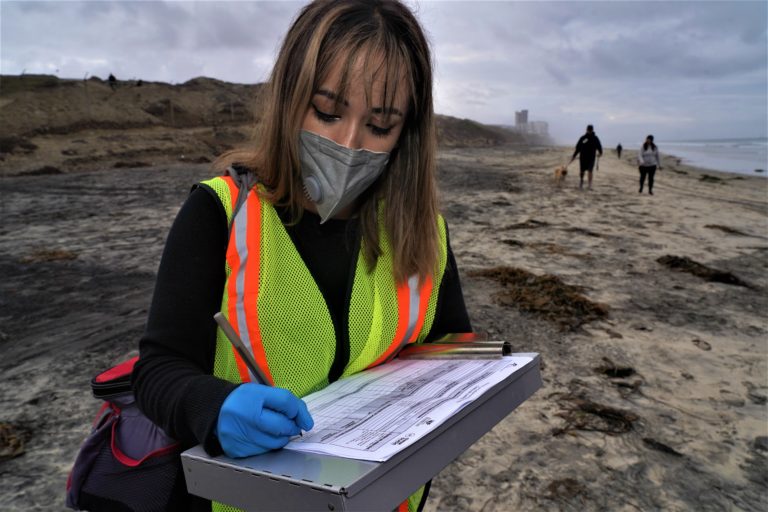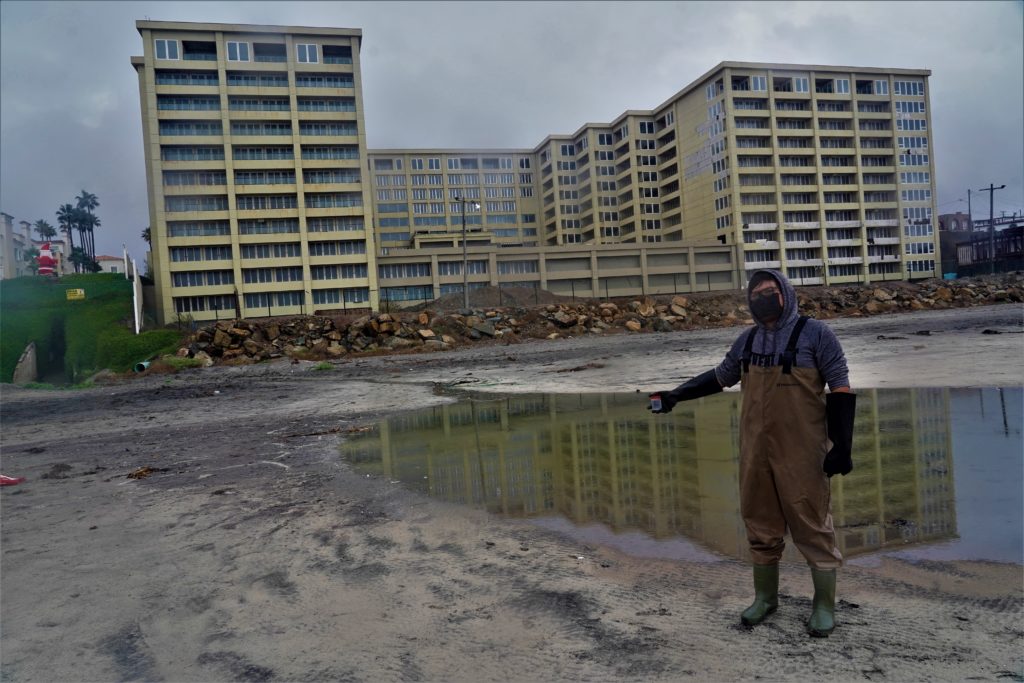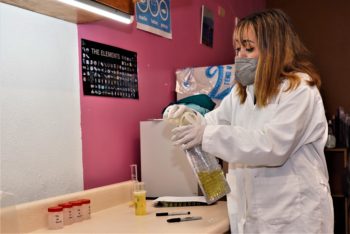Tijuana Waterkeeper Works to Improve Some of the Most Contaminated Beaches in the World But They Need Your Help
By: Rafaela Iturralde

Tijuana Waterkeeper, a program of Proyecto Fronterizo de Educación Ambiental, has been around for quite some time. What started as beach cleanups has become a crucial community program for the city of Tijuana and its neighboring municipalities. After establishing their water quality monitoring program in 2014, Tijuana Waterkeeper has been constantly monitoring 5 locations, from the US/Mexico border extending down the coastline of Baja California about 40 kilometers to Playa Blanca, a beach near the town of Rosarito. These beaches are an elemental part of the crowded city of Tijuana as they represent some of the few outdoor recreational areas in the region. However, most people are not aware of the dangerous quality of the water they are swimming in; this is where the Tijuana Waterkeeper program plays a crucial role.
From 2014 to 2015 the pollution numbers were relatively good, with only some instances where the samples failed to meet quality standards. In 2016, however, their samples started failing the quality standards more regularly, particularly in one sampling point along the coast. The results came back with over 24,000 CFU/MPN enterococci / 100 mL of marine water, when, according to the US Environmental Protection Agency (EPA), the safe recreational water is below 200 CFU/MPN enterococci / 100 mL of marine water.

The 2016 results in Playa Blanca surpassed 1,000-2,000 enterococci per 100 mL of marine water, way above the safe recreational standards. While Tijuana Waterkeeper has been alarming the local authorities through public statements and communication with the community, nothing was done until 2020. In July of 2020 there were changes of administration and the new governor declared that they were in a sanitary emergency due to the multiple discharges of sewage directly into Playa Blanca beach. The water operator admitted that since 2016, the water treatment plant has not been functioning, and has been dumping 1200 liters per second of raw wastewater into the ocean. The water treatment plant has been declared incompetent and there is no plan to fix or replace it at the moment.
In 2021, 78 percent of samples that Tijuana Waterkeeper tested did not pass the Mexican quality standards, with their worse results showing 24,196 CFU/MPN enterococci per 100 mL of marine water, the highest amount of enterococci a sample can record. Tijuana Waterkeeper has not been able to find similar results reported anywhere else in the world. This does not only represent a problem to the Mexican population of Baja California, as it is happening very close to the US border. Recently San Diego has also failed quality standard results, which is why authorities are conducting research to see if the contamination is coming from San Diego or if they are seeing the effects of the Tijuana sewage water mismanagement.
“It is safe to say that we live near some of the most contaminated beaches in the world,” says Fernanda R. Bochm, Tijuana Waterkeeper Lead Scientist.

Tijuana Waterkeeper has experienced the decline in the quality of water of its coast due to the mismanagement of authorities and lack of proper communication and mitigation measures. They were aware of the degradation in the quality of water in the past years and kept communicating it with the community while trying to work with the authorities without much cooperation. Unfortunately, the authorities of the municipality of Tijuana will not consider Tijuana Waterkeeper’s data as “official” until their laboratory and processes are certified by the Mexican Entity of Accreditation (EMA).
The good news is that PFEA, Tijuana Waterkeeper’s parent organization, as well as three other Waterkeeper programs in Baja California, are working towards getting their labs certified by the EMA. However, this is a very rigorous process and the cost to adapt their lab and processes for accreditation are very high, which is why they’ve set up a donation page for supporters to contribute to this important accreditation. If you are interested in keeping up with the results that Tijuana Waterkeeper gathers, you can find these on Swimguide, Instagram, and Facebook. The program also sends their weekly results to the municipal authorities as well as the state and federal water management entities. If accredited, they will gain official recognition and Tijuana Waterkeeper’s data could be used for legal actions.
Support Tijuana Waterkeeper in this work by making your tax-deductible donation today.